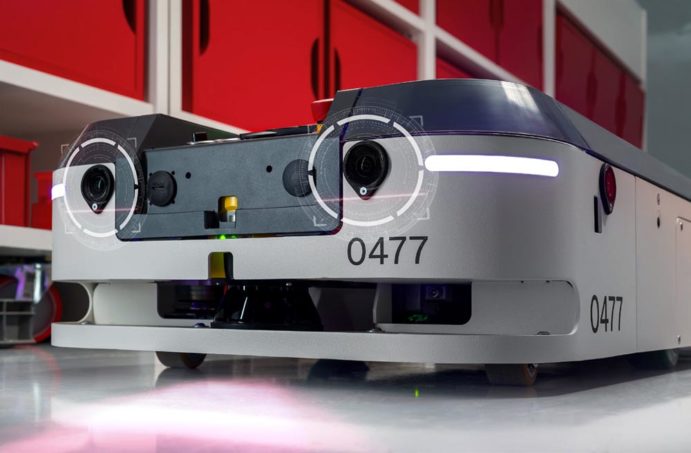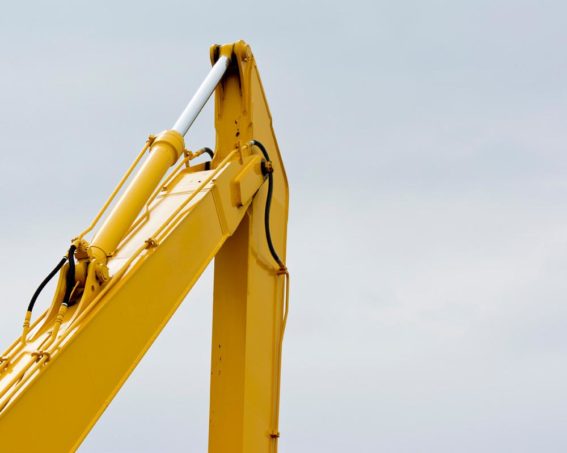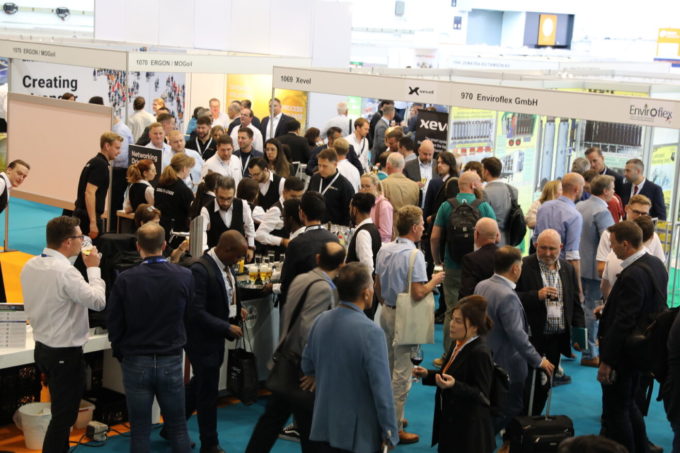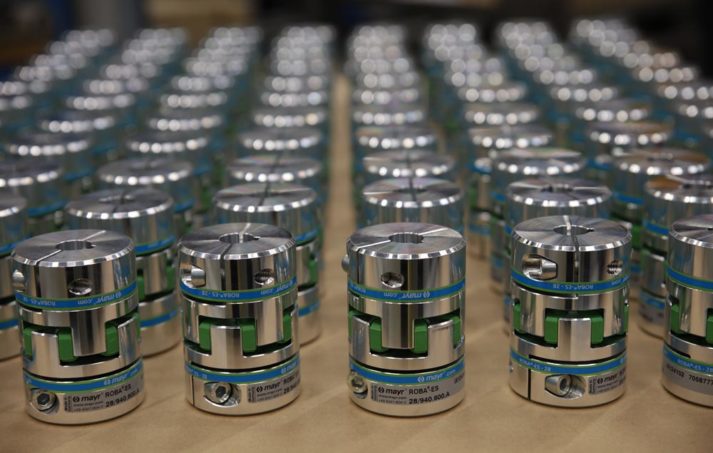Festo Bionic Learning System Shows Off Three New Technologies

Festo recently introduced featured developments for 2015 in the company’s Bionic Learning Network – the basic research effort designed to use biomimicry and emerging technologies, like superconductors, to make automated processes even more efficient and productive.
This year’s projects were designed to illustrate how individual systems can use communication to merge into an intelligent overall system, and how the intelligence of decentralized systems contributes to this process.
The technology carrier BionicANTS uses the cooperative behavior of ants as a model. Engineers from Festo used regulation algorithms to transfer the behavior of these insects to the world of technology: just like their models from nature, the BionicANTS cooperate in accordance with clearly defined rules. This enables the BionicANTS to react autonomously to different situations as individual units, to coordinate their behavior with each other, and to perform actions as a networked overall system. By pushing and pulling in a coordinated manner, BionicANTS shift loads that one ant could not move alone. All actions are based on a distributed catalog of rules that was devised in advance by means of mathematical model building and simulations and then programmed into each ant. The individual insects are thus able to make decisions autonomously, while nevertheless subordinating themselves to the common aim; each ant thus contributes its share to solving the task at hand.
The required exchange of information between the ants is conducted via radio modules in each torso. The regulation strategy comprises a multi-agent system, in which the participants have equal rights. With the 3D stereo camera in their heads, the ants recognize an object to be grasped and can determine their own locations.
To manufacture BionicANTS, laser-sintered components are fitted with visible circuit structures in a Molded Interconnect Device (3D MID) process. The electrical circuitry is attached to the outer surface of the components, which assumes both a structural and an electrical function.
BionicANTS are fitted with piezo-ceramic bending transducers in their mouthparts for gripping objects, and also for their leg movements. When the upper bending transducer is deformed, the ant raises its leg. With a lower pair of piezo elements, each leg can be precisely moved forward or backwards.
The bionic butterflies likewise illustrate complex topics from the world of future production such as functional integration, ultra-lightweight construction, and real-time optimized networked communication between individual systems.
An external, networked guidance and monitoring system coordinates the individual eMotionButterflies autonomously and safely in three-dimensional space. The communication and sensor technology used constitutes an indoor GPS system that controls the butterflies’ collective movement. The combination of integrated electronics and external camera technology using a host computer ensures process stability. To emulate the flight behavior of butterflies as closely as possible, the artificial butterflies are fitted with integrated electronics. These control the wings precisely and individually to effect the rapid flight movements.
A human pilot is not required to control the eMotionButterflies. Pre-programmed flight paths for the bionic butterflies’ maneuvers are stored on the host computer. By means of additionally stored behavior patterns, however, they can also fly autonomously. In this case, there is no direct communication between the eMotionButterflies. In devising the control system for the artificial butterflies, the developers benefited from the knowledge gained with the projects involving the BionicOpter and the eMotionSpheres. The indoor GPS that was already used for the hovering spheres was further developed for the eMotionButterflies with regard to the image rate of the cameras.
In close cooperation with the University of Oslo, Festo is now presenting the FlexShapeGripper with a working principle derived from the chameleon’s tongue.
The FlexShapeGripper can grip, collect and release several objects of different shapes in one process without the need for manual conversion. This is made possible by its water-filled silicone cap, which wraps itself around the items being gripped in a flexible, form-fitting manner. This ability to adapt to different shapes gives the FlexShapeGripper its name. The holding and release mechanisms both operate pneumatically. No additional energy is required for the holding process. The yielding nature of compressible air facilitates the coordination of the handling and the gripper during the grasping process.
The FlexShapeGripper is designed for situations where differently shaped objects are to be handled simultaneously; for example, in service robotics, in assembly tasks, or in the handling of small components. The bionic model demonstrates approaches for new solutions in gripping technology with the help of pack-and-place processes and makes manufacturing units more flexible and adaptable.



